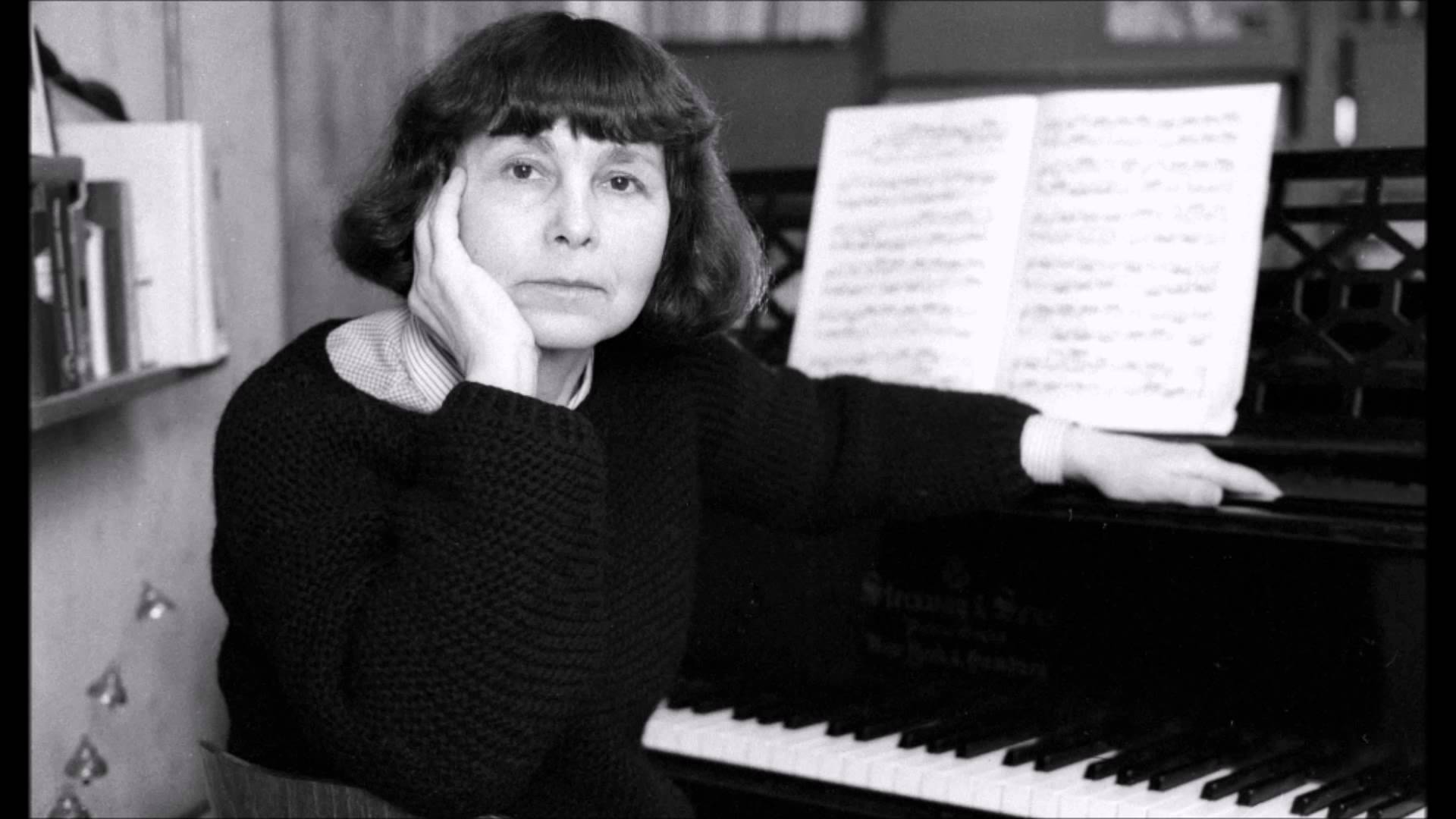Watch now: The Berlin Phil performance of Cage’s 4’33”
mainIt happened on Saturday night, before silence fell on Berlin.
Can’t wait for the DG recording.

photo: Berlin Phil/Monika Rittershaus

It happened on Saturday night, before silence fell on Berlin.
Can’t wait for the DG recording.

photo: Berlin Phil/Monika Rittershaus
We hear that Stefán Ragnar Höskuldsson of the…

The UK-raised conductor Sarah Ioannides has decided to…

The virtuoso clarinettist Michel Arrignon, a co-founder of…

The authorities in Kazan have reported the death…

Session expired
Please log in again. The login page will open in a new tab. After logging in you can close it and return to this page.
Comments